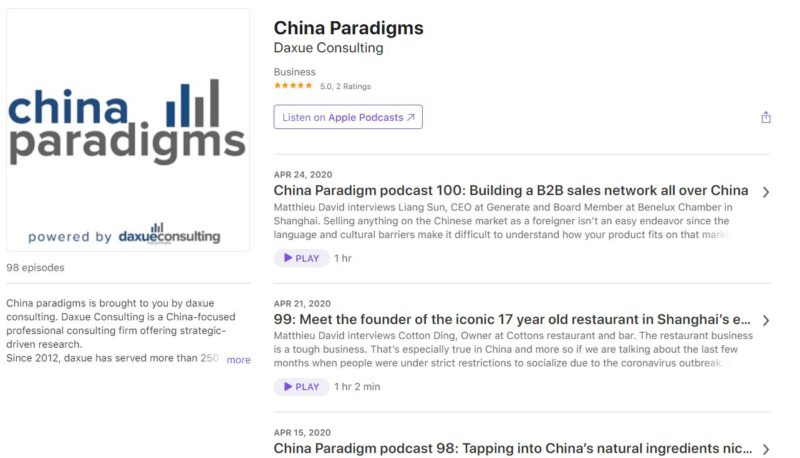Finding an appropriate Chinese brand name is an important step for any international brand entering China’s market as it is necessary for building brand equity among Chinese consumers. Hence, a brand that has taken care of adapting its name seems more reliable. Choosing an appropriate Chinese brand name is especially important in the healthcare industry, where a relevant name helps create trust and nurtures confidence the the target audience’s mind. Chinese brand names in the pharmaceutical industry usually not only preserve the brand’s identity, but also to adapt it to the Chinese consumers.
When localizing a brand name, companies need to pay attention to many factors, including phonetics, semantics, characters, tones, and local dialects. Daxue consulting has a proven four-step method for choosing a brand name in Chinese, which you can learn about here.
Different approaches to Chinese brand names in the pharmaceutical industry
There are several ways to choose Chinese brand names for foreign pharmaceutical brands. Just as when translating foreign names, companies can translate the name either according to its semantic meaning, or according to its phonetic sound. In some cases, it is possible to combine both methods into one translation.
This case study includes the analysis of 10 companies in China’s pharmaceutical industry. Namely: GlaxoSmithKline Plc, Sanofi, Merck & Co Inc, F Hoffmann-La Roche Ltd, Johnson & Johnson, Bayer AG, AbbVie Inc, AbbVie Inc, Pfizer Inc and Eli Lilly and Co. It includes the analysis of how they choose a Chinese brand name, as well as the names of their products in the Chinese market.
Phonetic translations
Phonetic translation is the easiest way for translation and the most common localization method. A common slip up is when companies simply transliterate their name without thinking about the meaning and sound of the characters. As a result, the character choices, while having a good sound, may have unfit meanings or tones that do not roll of the tongue easily. However, when giving Chinese brand names in the pharmaceutical industry, companies often use this method, combined with choosing the right characters, as it is a very specific market.
GlaxoSmithKline Plc
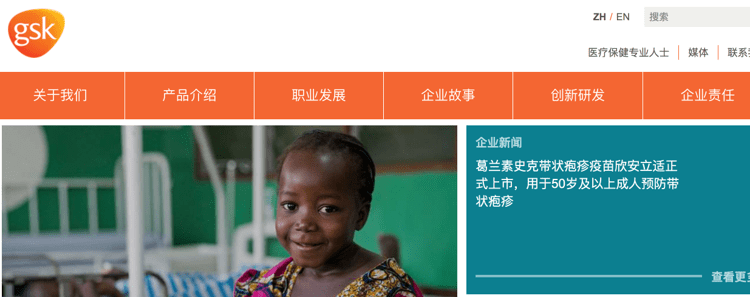
Source: GSK, GSK website page in Chinese
Original name of this English company is GlaxoSmithKline Plc. In Chinese the brand has the name “葛兰素史克” (“Gelansushike”) / GSK.
Its antiviral medicine Viread in Chinese has the name: “韦瑞德” (“Weiruide”), which sounds similar to the original name.
Such as in this case, the original foreign name has sounds that do not exist in Mandarin, such as the V sound. However, “V” sounds in brand or product names are often transcribed to “W” in Mandarin.
Sanofi

Source: Sanofi, Sanofi website page in Chinese
The French company Sanofi in Chinese has a name “赛诺菲” (“Sainuofei”).
Its antiepileptic medicine Depakine in Chinese is “德巴金” (“Debajin”). “De” might give an impression of “Germany”. However, the French flag is on the packaging, conveying a message that the product made in France.

Source: Taobao, Depakine in the Chinese market
Merck & Co Inc
Source: Merck, Merck website page in Chinese
The Chinese name of the American company Merck & Co Inc is “默克” (“Moke”). Their popular product Vigantol does not have a Chinese name. Some overseas flagship stores sell this product and it receives hot discussion on social media.
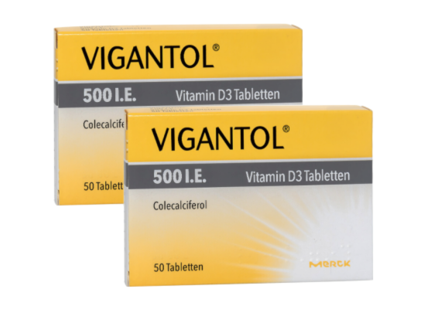
Source: Taobao, Vigantol in the Chinese market
F Hoffmann-La Roche Ltd

Source: La Roche, La Roche website page in Chinese
A company La Roche from Switzerland has its Chinese name “罗氏” (“Luo Shi”). Some of their products also have names based on phonetic approach. For example, the product Rocaltrol which contains vitamin D metabolites, in Chinese has a name “罗盖全” (“Youjiale”). It uses same character “Luo” as ”Luo” in the company name. Another La Roche product Madopar in Chinese is named “美多芭” (“Meiduoba”).
Johnson & Johnson
American company Johnson & Johnson does not use phonetic approach for its brand naming in China. However, it applies this approach to some of its products. For example, Band-aid in Chinese sounds like “邦迪” (“Bangdi”). Another product which original name is Motrin has “美林” ( “Meilin”) as a Chinese name.

Source: Taobao, Band Aid and Motrin in the Chinese market
Bayer AG

Source: Bayer AG, Bayer website page in Chinese
German pharmaceutical company Bayer in Chinese sounds like “拜耳” (“Bai Er”). Besides, some of Bayer China’s products also named based on the phonetic approach. For example, Bayaspirin has its Chinese name “拜阿司匹灵” (“Baiasipiling”). It uses same character “Bai” as ”Bai” in the company name. Its product Canesten also has a Chinese name “凯妮汀”( “Kainiting”), which sounds similar to the original.
AbbVie Inc
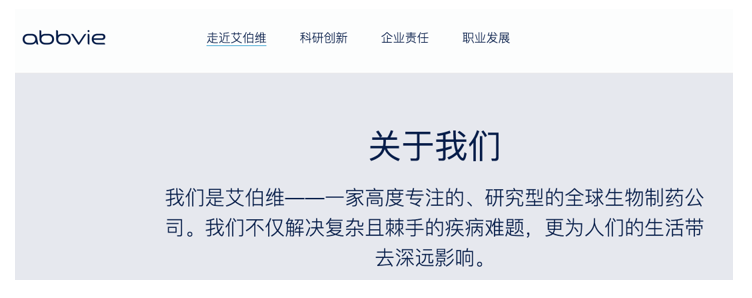
Source: AbbVie, AbbVie website page in Chinese
American company AbbVie in Chinese has a name “艾伯维” (“Aibowei”). However, most of its products name represent “phonetic + evocative” approach.
Novartis
Novartis which based in Switzerland does not use phonetic approach to its brand name in China. However, its products Diovan has Chinese name “代文”(“Dai Wen”), which sounds close to original. Same for Trileptal with the Chinese name: “曲莱” (“Qu Lai”).

Source: Baozhilin, Diovan and Trileptal in the Chinese market
Phonetic approach for prescription drugs
All drugs mentioned previously are over-the-counter drugs, meaning they are aimed at ordinary consumers and their names are casual-sounding, to be clearer for customers. However, for comparison, we also looked at prescription drugs, where the marketing is not just directed to consumers, but also medical professionals. What is interesting thing is that some companies adapt their names of prescription drugs for the Chinese market in not-professional-sounding, rather casual-sounding way.
AbbVie Inc
AbbVie’s medicine Zemplar, which helps to treat secondary hyperparathyroidism in people with chronic kidney failure, has a Chinese name “胜普乐” (“Shengpule”). “Sheng” means “victory”, “Pu” means “common” and “Le” means “happiness”. As we can see, it has no connection with the effect which this drug has or with ingredients it contains.
Another drug Humira, which used to treat arthritis, Crohn’s disease and psoriasis, in the Chinese market has a name “修美乐” (“Xiumeile”). It sounds close to original and has positive meaning: “Mei” and “Le” mean “happy” and “beautiful”.
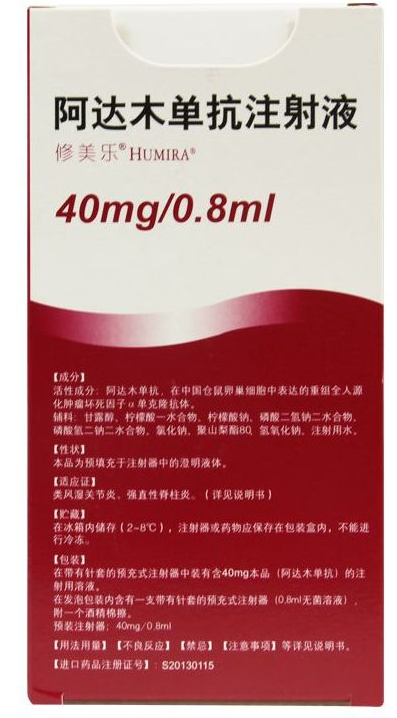
Source: Taobao, Humira in the Chinese market
Sevofrane’s name in Chinese is “喜保福宁” (“Xibaofuning”) “Xi”, “Bao”, “Fu”, “Ning” are all positive words standing for happiness, safe and good health. It is a volatile liquid anesthetic, used during serious operations. The name sounds surprisingly casual and light-hearted considering the seriousness of the product.
Eli Lilly and Co
This company produces Olumiant, which helps to reduce pain and stiffness in Chinese sounds like “艾乐明” (“Aileming”). “Le” means “happy” and “Ming” means “bright”. The name conveys a positive message.
Pfizer Inc
Calcium channel blocker Norvasc in Chinese sounds like “络活喜” (“Luohuoxi”). “Luo” means “Merridian”, “Huo” means “alive” and “Xi” means “happiness”. “Luohuoxi” conveys a positive message and might be reliable in curing heart diseases and unblock blood vessels. It also has casual-sound name, although being a serious drug, which requires prescription.
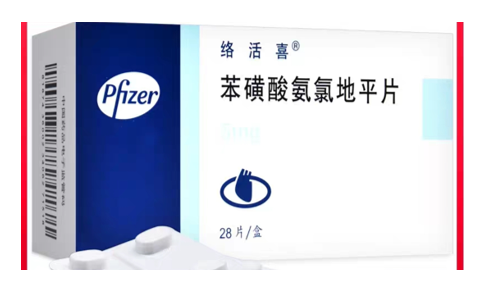
Source: Taobao, Norvasc in the Chinese market
Phonetic and evocative names
In case of “phonetic + evocative” method, translation covers not only the name itself, but also the signal that the product or service carries. Adaptation taking into account the meaning and sound is the most difficult and successful option, when the creators manage to preserve the pronunciation. Besides, they put the original meaning into the translation and avoid negative perception of images.
Sanofi
Sanofi also uses this approach. For example, its product Aprovel has a Chinese name “安博维” (“Anbowei”), where “an” means “safe”.
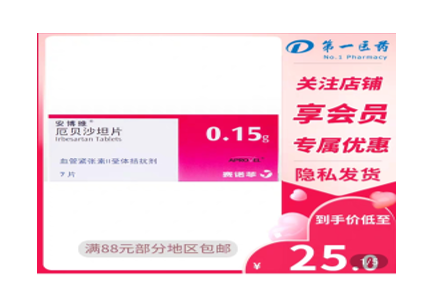
Source: Taobao, Aprovel in the Chinese market
Merck & Co Inc
Merch also has some product names which combine phonetics and meaning. For instance, Glucophage has a Chinese name: “格华止” (“Gehuazhi”). “Zhi” means “stop”. Since the main function of the medicine is to deal with diabetes, “Zhi” means that the product can stop the disease and keep balance of body.
Another product Euthyrox has its Chinese name “优甲乐” (“Youjiale”). “You” and “Le” means great and happy. “Jia” is the same character with “Jia” in “Jiazhuangxian” (thyroid). It conveys a message that the product can do good to thyroid diseases.
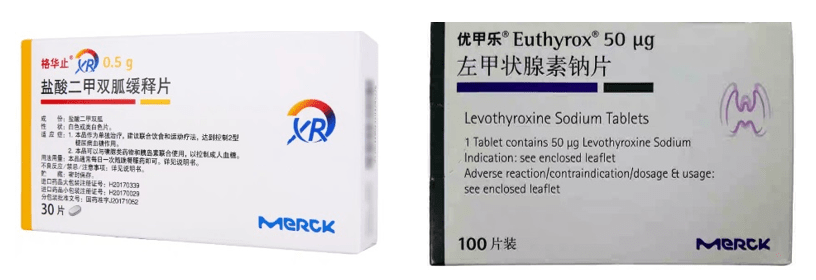
Source: Taobao, Glucophage and Euthyrox in the Chinese market
F Hoffmann-La Roche Ltd
The product of this company Xeloda in Chinese sounds like “希罗达” (“Xiluoda”). It uses same character “Luo” as ”Luo” in the company name. “Xi” represents “hope”.

Source: Taobao, Xeloda in the Chinese market
Johnson & Johnson
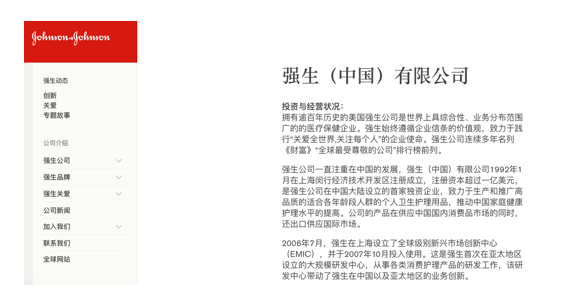
Source: Johnson&Johnson, Johnson&Johnson website page in Chinese
Johnson & Johnson uses “phonetic + evocative” approach for its brand name in China. In Chinese it is “强生” (“Qiang Sheng”). “Qiang” means “strong” and “sheng” means “life”. “Qiangsheng” conveys a message of “make life stronger”.
Same approach is for some products. For example, Acuvue’s Chinese name is “安视优” (“Anshiyou”).
“Anshiyou” stands for “having stable and better eyesight”.
Bayer AG
Bayer uses this approach for Redoxon product. Chinese name is “力度伸” (“Lidushen”). “Lidu” means “strength and power”. “Shen” means “strengthen”. The name conveys a message that people can gain more power after eating the vitamin tablets.
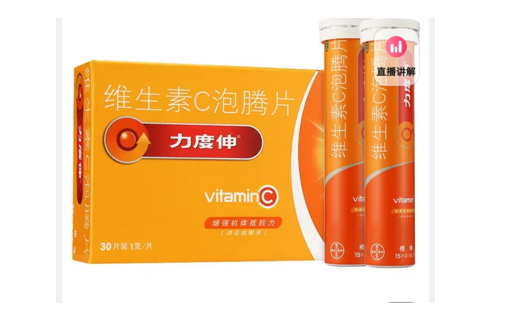
Source: Taobao, Redoxon in the Chinese market
Novartis
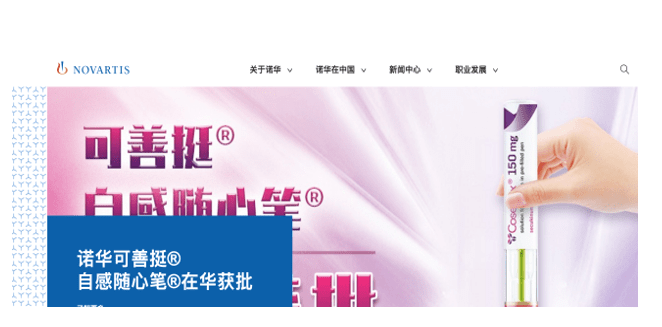
Source: Novartis, Novartis website page in Chinese
The Chinese brand name of Novartis is “诺华” (“Nuo Hua”). “Nuo” means “promise” and “Hua” means “China”. Nuo Hua would like to make a promise to China, keep providing innovative products and contribute to the improvement of health and living quality of Chinese people.
Its product Lucentis’s Chinese name is “诺适得” (“Nuoshide”). “Nuoshide” adopt phonetic and evocative strategy by using the same character “Nuo” as the company name “Nuo Hua”. “Shi” and “De” represent for “comportable”.
Pfizer Inc
Pfizer has some products named according to “phonetic + evocative” approach. For instance, Diflucan’s Chinese name is “大扶康” (“Dafukang”). “Da” means “big”, “Fu” means “help” and “Kang” represents “a good health”. Another product Lipitor – “立普妥” (“Liputuo”) in Chinese. “Li” and “Tuo” stands for “a high speed”. “Liputuo” means that the problem can be solved in a short time.
Eli Lilly and Co
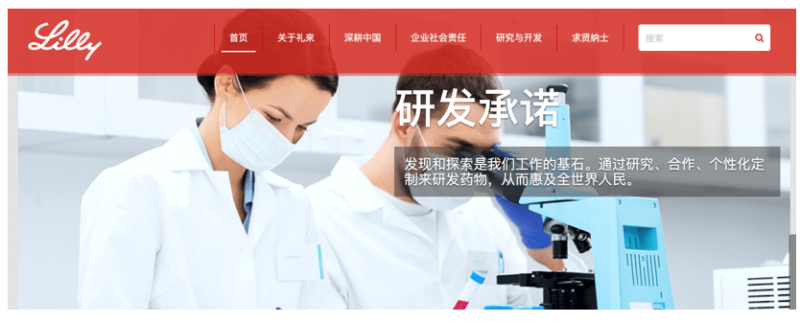
Source: Eli Lilly, Eli Lilly in the Chinese market
American brand Eli Lilly and Co is another example of combining semantics and meaning. Its Chinese name is “礼来” (“Li Lai”). “Li” means “courtesy and politeness” in Chinese and it is an important virtue in Chinese society. “Lai” means “come”. “Li Lai” conveys a message that the company is gentle and is willing to do good to the Chinese society. This brand is also very special, because of its visual identity. Typography and name totally stand out from the competition in the Chinese market. Their name is something that you would expect seeing in the hospitality industry for instance (“courtesy/politeness is coming”). Same for their typography, hand-written, as it relates to tailor-made/crafted/personalized products.

Source: JD, Ceclor in the Chinese market
Its products Ceclor’s Chinese name is “希刻劳”(“Xikelao”). “Xi” means “hope”. Zyprexa’s Chinese name is “再普乐” (“Zaipule”). “Zai” means “again” and “Le” means “happiness”. The name conveys a positive message.
Phonetic and descriptive names
This approach to the Chinese brand names in the pharmaceutical industry means that the name gives a hint of the effect of the product. At the same time, there is a certain parallel in the phonetics of the word with the original name.
GlaxoSmithKline Plc
This company uses this approach to the Requip, which helps to treat Parkinson disease. The Chinese name is “力备” (“Li Bei”). “Li Bei” means to have the power, which can reflect the function to release Parkinson symptoms.
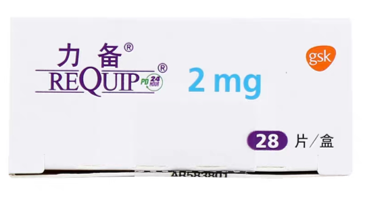
Source: Taobao, Requip in the Chinese market
AbbVie Inc
Its product Calcijex has a Chinese name: “溉纯” (“Gai Chun”). “Chun” stands for “pure”. Since the product is a liquid used for injection, it gives people a sense of pureness.
Descriptive
This approach to the Chinese brand names in the pharmaceutical industry adapts the brand name so that Chinese consumers understand what effect the product has. It doesn’t have to sound similar to the original name.
GlaxoSmithKline Plc
The example of this approach is company’s product Avamys. In Chinese it is “鼻眼适”(“Biyanshi”). “Biyanshi” means make both nose and eyes comfortable, which can represent the core function of the product.
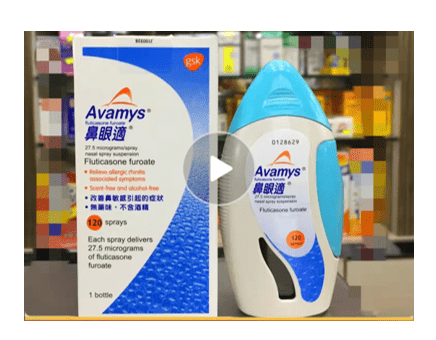
Source: Taobao, Avamys in the Chinese market
Key Takeaways of pharmaceutical brand naming in Chinese
- Most of the Chinese brand names in the pharmaceutical industry apply phonetic approach. It could be explained by the fact that it is simpler and does not require spending time finding the characters that convey the essence of the product.
- Some companies in the pharmaceutical industry in China use “phonetic + evocative” approach. It helps Chinese customers to better understand what effect product has. However, it is harder to come up with the brand name which sounds similar in Chinese language and has a clear meaning.
- The descriptive approach helps Chinese customers to better understand the product, but it has little correlation with the original brand name.
Vitamin and health supplements market report by daxue consulting from Daxue Consulting
Listen to 100 China entrepreneur stories on China Paradigms, the China business podcast
Listen to China Paradigm on Apple Podcast
